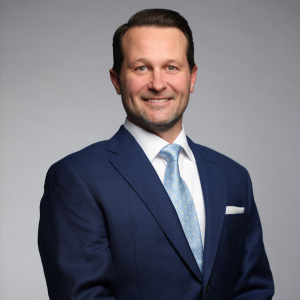Leaders need to be visible
Leaders at all levels of an organization need to be available, approachable, and visible. If leaders spend all of their time in their offices, how can they know what the employees need or the quality of care they provide? Effective leaders make time and actually schedule time to walk throughout the facility, engaging with staff, residents, and families. It is not about the need to “check on employees,” but rather a genuine desire to interact with the staff and residents in order to determine that both are receiving the care and attention that they deserve.
Witnessing care and communication in action allows the leader to determine if the employees are properly trained to do their work. Working side-by-side with staff offers the leader an opportunity, if necessary, to educate in an informal way if an employee is witnessed performing a task incorrectly or their interaction with a colleague requires consideration. Tactfully and respectfully, leaders are able to educate one employee at a time, teaching them ways in which they can improve care and interactions with peers. Leadership’s informal educational offerings are a way of facilitating education in a personal, caring way, valuing the employee and encouraging better decisions in the future. It further offers employees an opportunity to teach others, sharing their new knowledge with colleagues.
Effective leaders never ask someone to do something that they are unwilling to do themselves. |
Effective leaders lead by example. By being visible, available, and caring, leaders can see and learn if employees need support or help. One of the most important lessons a leader or manager should know is the impact of supporting their employees in their work. In each and every department it is the role of the manager to care, train, and nurture their staff. And when in need it is the job of the department manager to step in and assist, not to leave the staff short, or in need. If a cook is ill and a replacement is needed, it is sometimes wise for the department manager to step in and cook rather than finding a replacement. It demonstrates what effective leaders do, and that is to never ask someone to do something that they are unwilling to do themselves. There is no other example that demonstrates commitment to their staff more than to show them that they, too, are willing to assist and do the work they expect of others. It can be the most valuable action that a manager or leader will ever learn.
Here is a perfect example. A new employee indicated that she had only met her department manager twice during the seven years at her previous facility—the day she was hired, and the day she left. This same employee was amazed at the difference in the new facility. She commented that not only was she seeing her immediate department manager quite often, but all department managers were available, supportive, and visible all around the facility. As a result, she felt more invested in the organization and more motivated to work even harder, as she believed she would likely stay at this facility.
While we focus here on opportunities to communicate and educate staff, it is just as important to take the opportunities to praise and commend staff when appropriate. Long-term care and assisted living staff are doing remarkable work, giving of themselves each and every day. Let them know! Most staff in long-term care know in their hearts the importance of their work, but a kind, encouraging word or a public compliment does wonders for individual self-esteem and overall morale.
Leader visibility demonstrates a desire to be engaged in their work and with the staff, residents, and families. It shows the staff that leaders are aware and care about the staff’s work load and are willing to help when necessary. These actions speak volumes about what leaders think about their job and their employees; that they care and value staff. And staff, in turn, will care and value their work and the leader.
I Advance Senior Care is the industry-leading source for practical, in-depth, business-building, and resident care information for owners, executives, administrators, and directors of nursing at assisted living communities, skilled nursing facilities, post-acute facilities, and continuing care retirement communities. The I Advance Senior Care editorial team and industry experts provide market analysis, strategic direction, policy commentary, clinical best-practices, business management, and technology breakthroughs.
I Advance Senior Care is part of the Institute for the Advancement of Senior Care and published by Plain-English Health Care.
Related Articles
Topics: Articles , Facility management , Leadership











